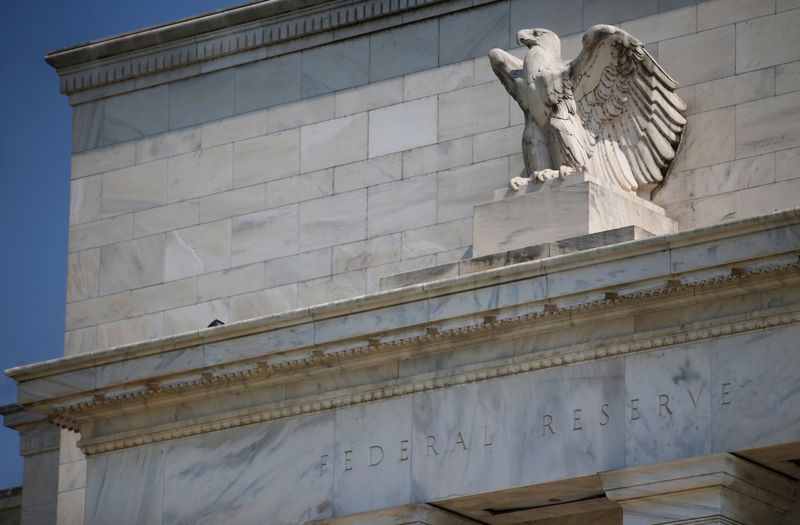By Alun John and Naomi Rovnick
LONDON (Reuters) -The pace of global rate cuts is slowing as the European Central Bank nears the end of its easing cycle, the U.S. Federal Reserve stays cautious about tariff-driven inflation and investors watch to see whether Britain speeds up from here.
The Fed struck a hawkish tone on Wednesday alongside holding rates steady, an approach that lifted the dollar and assuaged fears that President Donald Trump‘s intense pressure on chair Jerome Powell has eroded central bank independence.
Here’s where 10 big central banks stand:
1/ SWITZERLAND
Bets that the Swiss National Bank will use negative interest rates to tackle the seemingly unstoppable rise of the safe haven franc have faded after it kept benchmark borrowing costs on hold at 0% in June.
Traders regard another pause in September as near certain and speculate that the SNB has started intervening to weaken the franc.
2/ CANADA
The Bank of Canada held its key policy rate at 2.75% for the third straight meeting on Wednesday, citing lower risks of a severe and escalating global trade war.
But it declined to give detailed economic forecasts, citing uncertainty around U.S. trade policy, and said that if the economy weakened further it could cut rates again.
The BoC has eased rates by 225 basis points since June 2024, and markets see a reasonable chance of one more cut by year end.
3/ SWEDEN
Ahead of Sweden’s disappointing second quarter GDP data on Tuesday, the Riksbank cut its key rate to 2% last month and said policy could be eased again this year if inflation remains tame and growth remains weak.
4/ NEW ZEALAND
The Reserve Bank of New Zealand, which has cut rates by 225 bps already this cycle, held borrowing costs steady earlier this month but said it expected to loosen monetary policy if price pressures continued to ease as expected.
5/ EURO ZONE
The European Central Bank held steady last week after cutting eight times in a year, and many analysts expect it is finished with easing this cycle.
The EU-U.S. trade deal took worst-case tariff scenarios off the table, and, alongside the ECB’s relatively upbeat assessment of the economic outlook, allayed fears that inflation would fall significantly below its 2% target.
The ECB’s main policy rate is currently at 2%, down from 4% a year ago, though markets see some chance of one more cut.
6/ UNITED STATES
The Federal Reserve stayed on pause on Wednesday and traders responded to Chair Jerome Powell’s comments by cutting bets that borrowing costs would begin to fall in September, putting $18 billion worth of bets on dollar weakness in danger.
Story Continues
